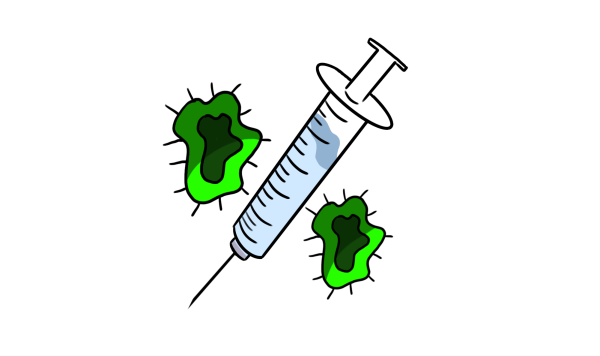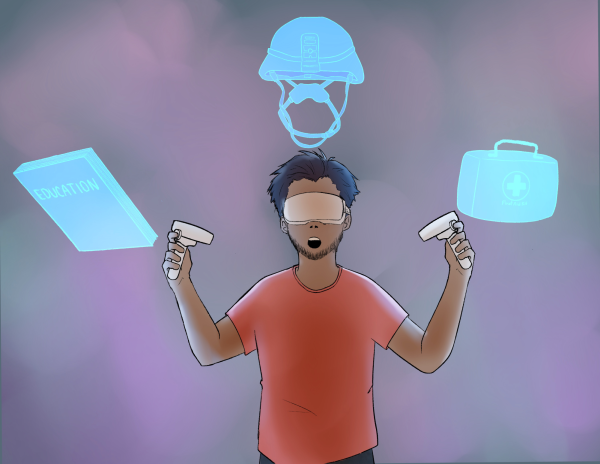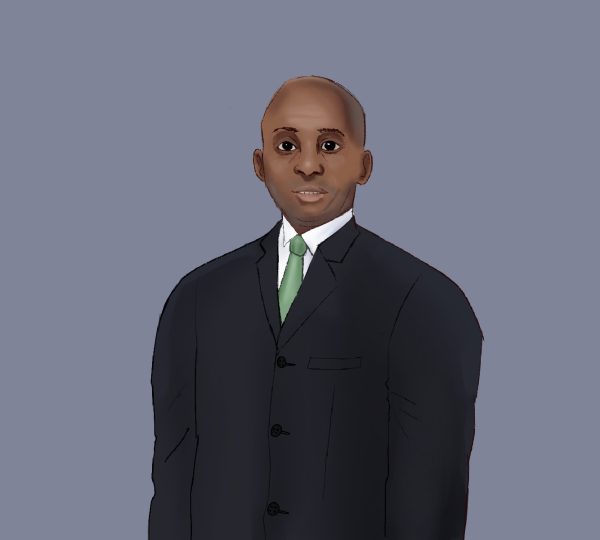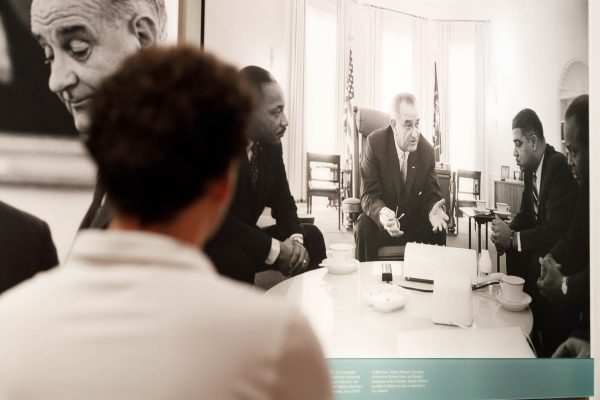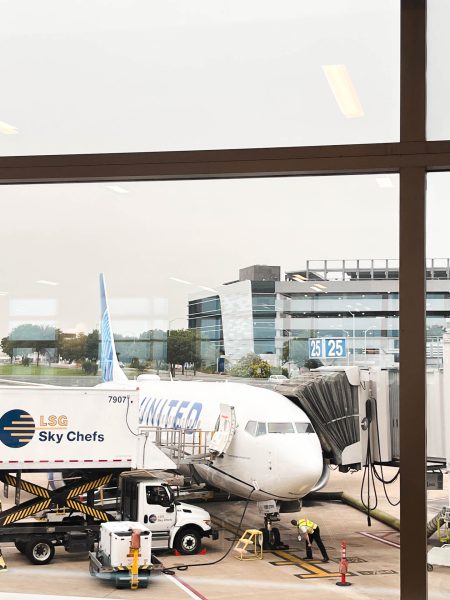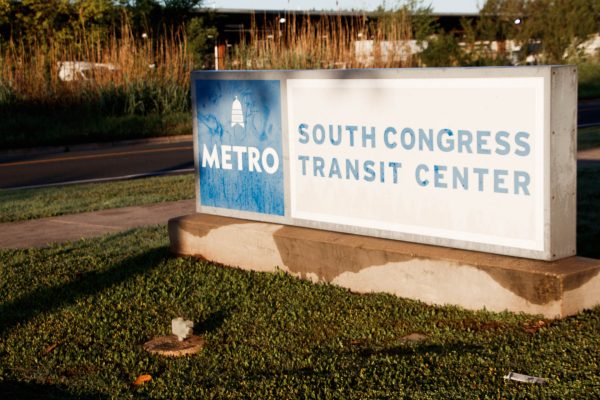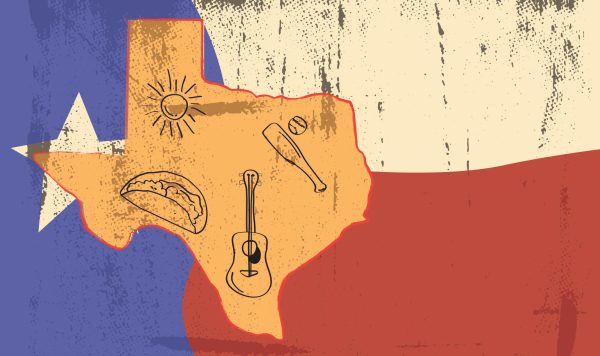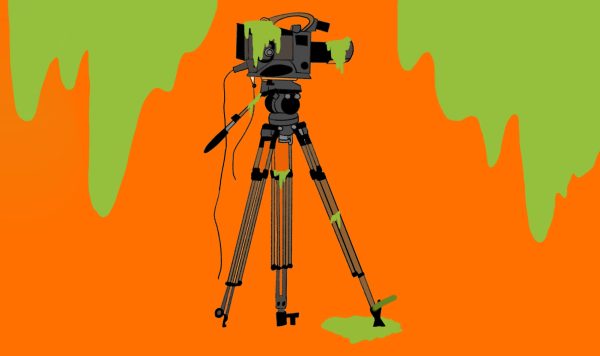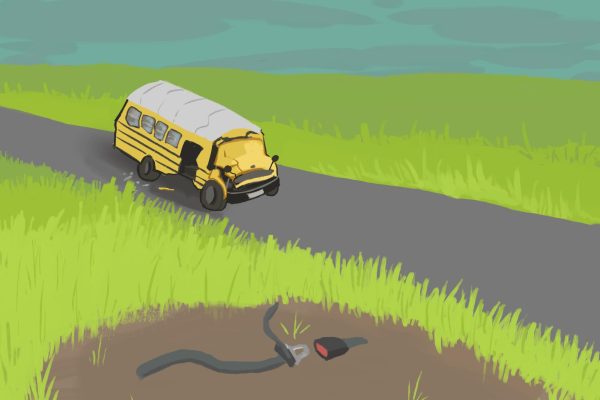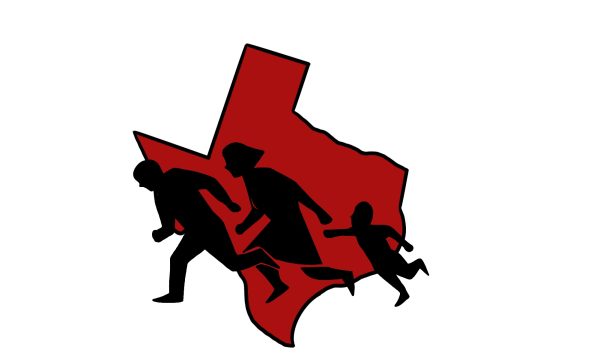Dr. Oz’s COVID-19 comment lacks compassion, respect
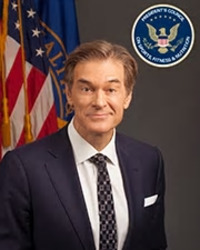
U.S. Department of Health and Human Services / Wiki Commons
Dr. Oz’s show, “The Dr. Oz Show” was launched in 2009. Since its inception, the show has received multiple awards, including Daytime Emmy Awards and GLAAD Media Awards.
On April 16, Dr. Oz went on Fox News with Sean Hannity and expressed that the opening of K-12 schools would be considered an “appetizing opportunity” due to the fact that it might “only cost us 2-3% in terms of mortality.” This has ignited a lot of controversy due to, what seems like, his lack of care for the lives of children.
“We need our mojo back,” Oz said. “I just saw a nice piece in The Lancet [medical journal] arguing that the opening of schools may only cost us 2-3% in terms of total mortality. And you know, any life is a life lost, but to get every child back into a school where they’re safely being educated and being fed and making the most out of their lives with a theoretical risk on the backside, it might be a tradeoff some folks would consider.”
Oz has received a lot of backlash for his comments due to their inconsiderate nature and lack of care for a huge part of the population. Dr. Oz’s comments about opening schools during the pandemic seem very insensitive for such a high-risk plan of action.
The idea of opening schools at this time when most schools only have one to two months left seems like more of a hassle than anything else. Plus, schools have finally figured out a way for students to do classes online, so reopening seems like a complete waste of time.
One of the bigger reasons why Oz is receiving a lot of backlash for his comments is his willingness to allow 2% to 3% of people get infected. Although 2-3% doesn’t sound like a lot, that equals about 6 million people across the country who would be put at risk for students to go back to school for, at most, a month.
This backlash is completely understandable. The way that Oz looks at all of the 2-3% of lives being at risk is frivolous. There are children involved who, not only could catch the virus, but could spread it to their family members who have to stay inside. That “small” percent of the country may seem like a decent tradeoff to some like Oz, but that small percentage could easily interact with and infect many more people, causing the percentage of mortality to grow over 2-3%.
Oz responded to the backlash by explaining that he “misspoke” and his intentions were misunderstood.
“As a heart surgeon, I spent my career fighting to save lives in the operating room by minimizing risks,” Dr. Oz says in the video. “At the same time, I’m being asked constantly, ‘How will we be able to get people back to their normal lives?’ To do that, one of the important steps will be figuring out how we get our children safely back to school. We know, for many kids, school is a place of security, nutrition and learning that is missing right now. These are issues we are all wrestling with. And I will continue looking for solutions to beat this virus.”
Even though Dr. Oz has explained his intentions as to why he said what he said, it still seems as though his logic for reopening schools is completely missing.
Yes, schools can be a place of safety and learning for children, and online school has been a difficult transition for everyone, but reopening schools right now would be more dangerous than any type of security.
If we were to open K-12 schools back up, we must think about all of the faculty and staff that it takes to run a school and all of those children being gathered together when coronavirus is still spreading. This would cause the virus to spread even quicker just so students can finish out their last month or so of school.
By keeping schools online for the rest of this academic year, we are able to keep children and workers safe inside and help stop the possible further spread of this virus. This way there is more time to try and reopen the country by starting with smaller risk business than just reopening schools where hundreds of kids and adults would be susceptible to spreading the virus even further.


